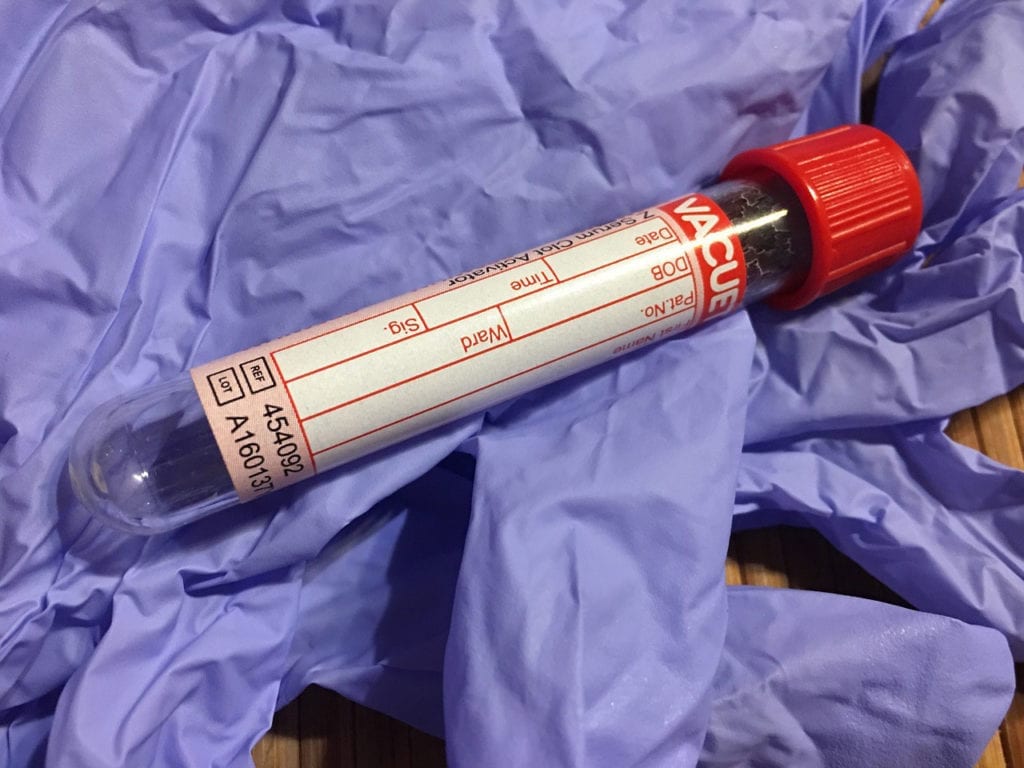Many individuals living with hemochromatosis can lead normal, healthy lives. Most people living with the condition have the same life expectancy than those without.
However, it’s important to know some fast facts about it. We grabbed the highlights for you from a piece on Up to Date by Wolters Kluwer.
Where Does Hemochromatosis Come From?
Hemochromatosis is carried by genes. The condition can be passed along to the child if they each have 1 or 2 abnormal genes. Nearly 5 in every 1,000 individuals who are Caucasian have the condition, however, some don’t even know they have it.
Symptoms
A few symptoms associated with hemochromatosis could include:
- Weakness
- Joint pain
- Darkened skin
- Infections
- Liver enlargement
Those living with the condition are more at risk to experience thyroid issues, hormonal changes, heart disease and diabetes.
Tests
There are tests readily available for diagnosis. It is suggested that children, parents, and siblings of those living with hemochromatosis be tested. Getting tested early can assist in preventing complications.
Treatment
Removing a small amount of blood is the treatment most commonly used. By doing this, the iron level is lowered. The way this is done is similar to giving a blood donation. It is normally conducted once a week. One may have to undergo blood removal from between 9 and 12 months.
Diet
Those living with hemochromatosis don’t have to adhere to a specific diet. Doctors, however, advise against iron supplements. The experts also warn against supplements of vitamin C, which can actually encourage iron absorption. Research has shown that consuming more than a couple alcoholic drinks a day may increase cirrhosis risk. Those living with liver disease and hemochromatosis should not drink alcohol at all.






